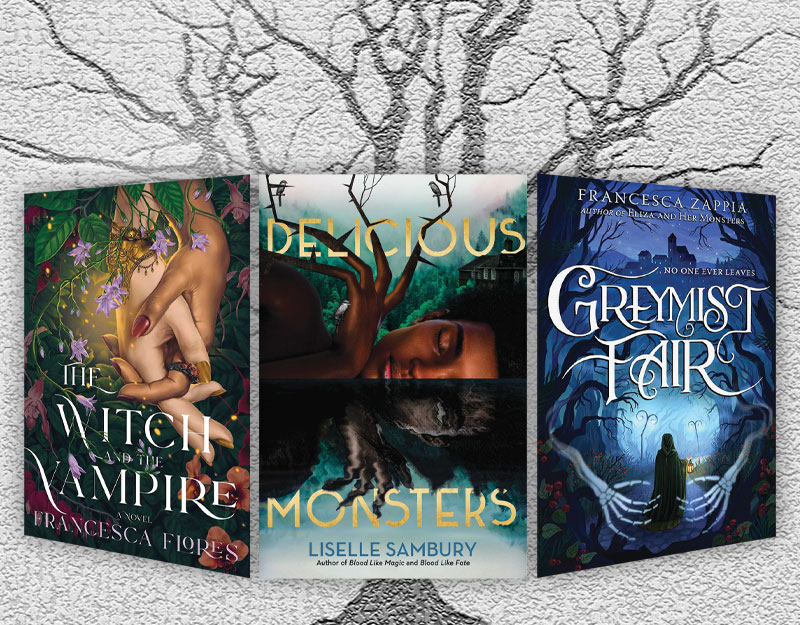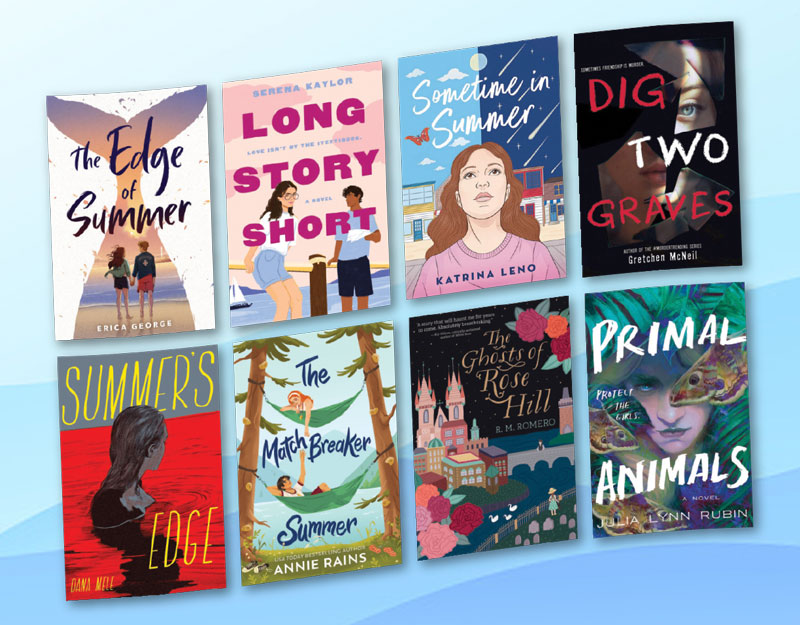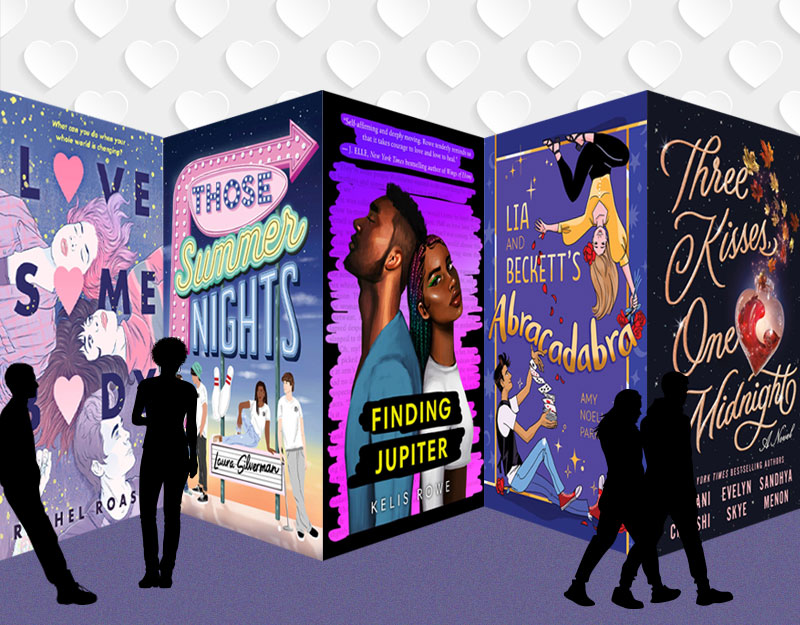Living in the City: Urban Settings in Middle Grade Novels, a guest post by Sally Engelfried and Melissa Dassori
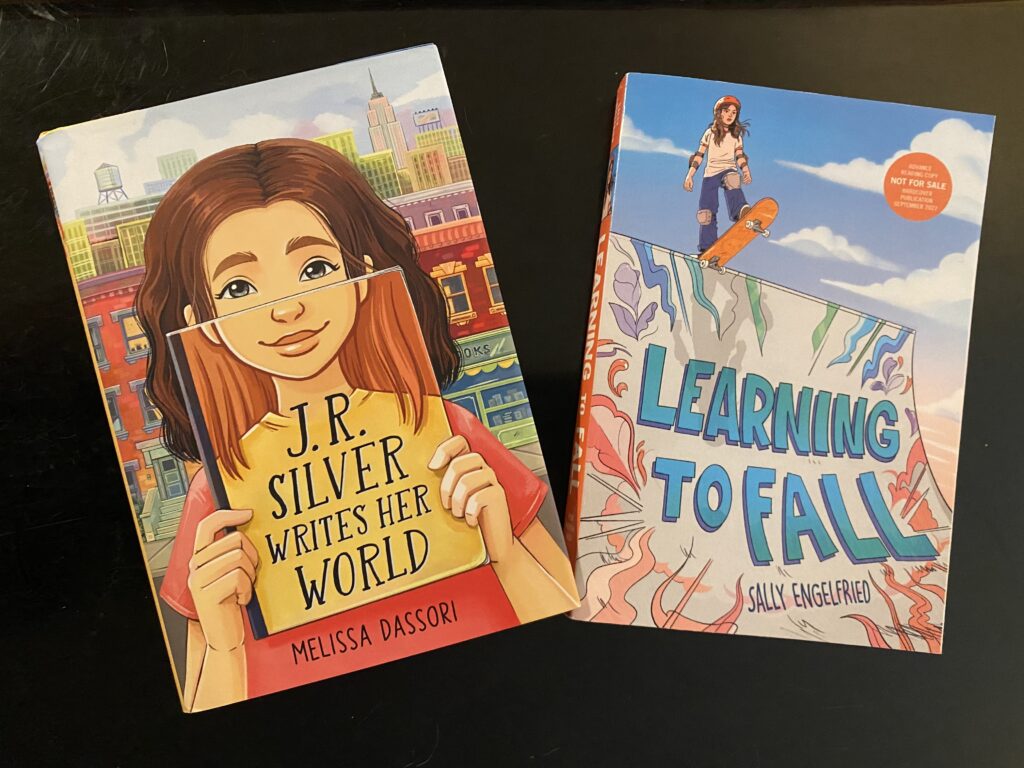
Middle grade novels are full of exploration. While families are present and often powerful forces, middle grade protagonists are discovering themselves, navigating changing friendships, and gaining independence—or wishing they could. Urban neighborhoods provide unique environments for these coming-of-age stories, and city settings are integral to both our recent debut novels. For Sally, Daphne of Learning to Fall is sent to stay in Oakland for the summer but finds joy in being able to hop on her skateboard and explore the neighborhood on her own or with a friend. And for Melissa, Josephine Rose Silver of J.R. Silver Writes Her World champs at the bit to walk home alone from school in Manhattan, which sets off a magical chain of events in the face of her overprotective parents’ worries. Here we share some of the ways in which our urban settings influenced the shape of our novels.
Sally: One thing I find interesting is the common perception by non-city dwellers that the city is a dangerous place. It certainly does have its dangers, but kids who grow up in the city take these in stride. They are exposed to more—like the way Miranda in When You Reach Me passes “the laughing man” on the way to school each day. She’s wary of him, but she also understands he’s just a part of her daily life living in Manhattan.
ADVERTISEMENT
ADVERTISEMENT
Melissa: I agree. There’s a certain bustle to the city, where you’re always surrounded by other people, some of whom you talk to, some of whom you might just see out of the corner of your eye, and some of whom might even hear what you do through the walls of your home, like in Katrina Yan Glaser’s The Vanderbeekers of 141st Street. An urban setting allows middle grade protagonists to interact with a diverse cast of characters, in different ways, that feels like a unique experience to me.
I also think there’s an element of exploration in middle grade that works really well in urban settings. Kids in small towns or suburbs might have a little more freedom at a younger age to, say, ride a bike to their friend’s house, while some kids in the city might get walked over by an adult. But as they age through middle grade literature, manykids who live in the city are starting to hop on the bus or subway, or walk around their neighborhood on their own, interacting with their surroundings in a way that calls on their independence and fosters confidence.
Sally: Exactly! I love the way that exploration of the city mirrors the developmental changes they’re experiencing too. It’s that time in kids’ lives when they feel that push-pull of wanting to grow up and be independent at the same time they want to cling to elements of their childhood because they’re nervous about all the changes. It’s similar to how exciting it is to be on your own in the city, but also a little scary as you figure out how to deal with new situations, whether it’s riding public transit or figuring out what to say to strangers who talk to you.
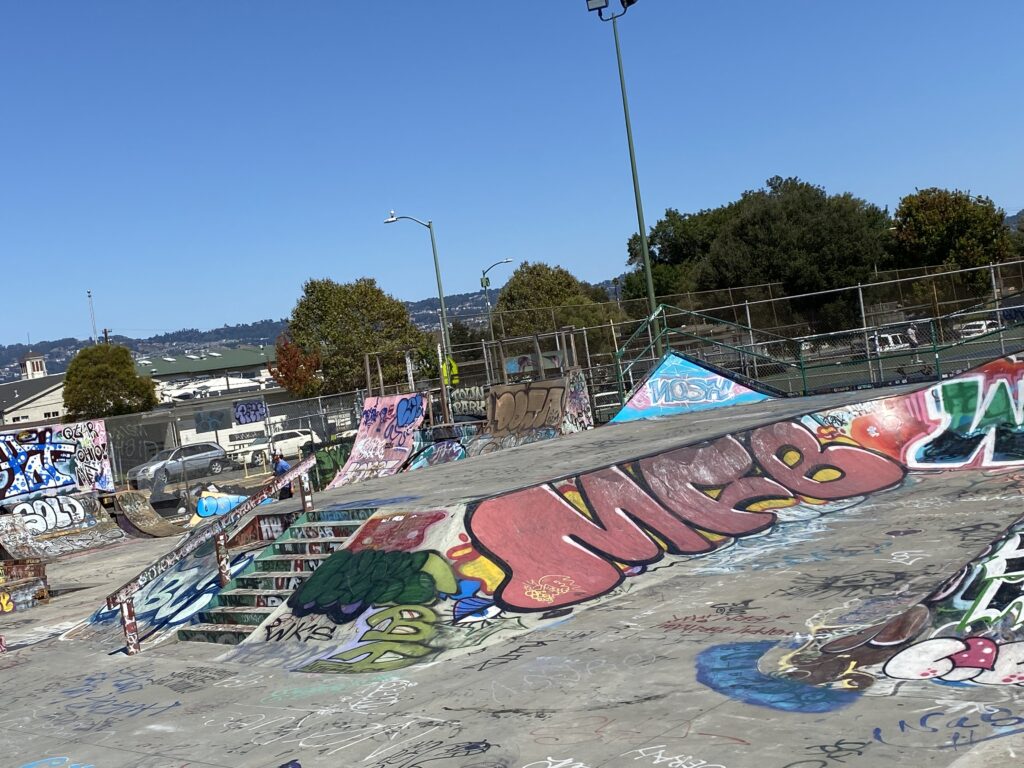
Melissa: One thing I loved about your book was how Daphne could set out on her own from her dad’s house, which was far from her own home in LA, a city that has such a car-based culture. So for her to jump on a skateboard and go felt important—she wouldn’t have had those chances to fall and get back up from the passenger seat! Did that contrast between the type of city life she could have in Oakland vs. LA feel meaningful to you in writing the story?
Sally: Definitely! There is that old saying, “nobody walks in LA.” Things are so much more spread out there, and the same was true of the San Jose suburbs where I grew up. I modeled Daphne’s experience on watching my own children grow up in Oakland and how they learned to navigate the bus systems and walked to the local Quickly. I will admit, however, that I combined elements of a couple different Oakland neighborhoods in my book, something only Oakland-dwellers will likely notice. Did you feel any pressure to get New York City exactly right because it’s such a famous place?
Melissa: Good question! I definitely wanted to bring J.R.’s neighborhood to life, and it’s based on the neighborhood that I actually live in. But with so many people, so many neighborhoods, and so much going on, I feel like there are millions of stories to tell about New York, whether about what it’s like to start over as an immigrant here or to come to New York to try to make it on Broadway, and I know that my book is only one tiny slice of the adventures people have here.
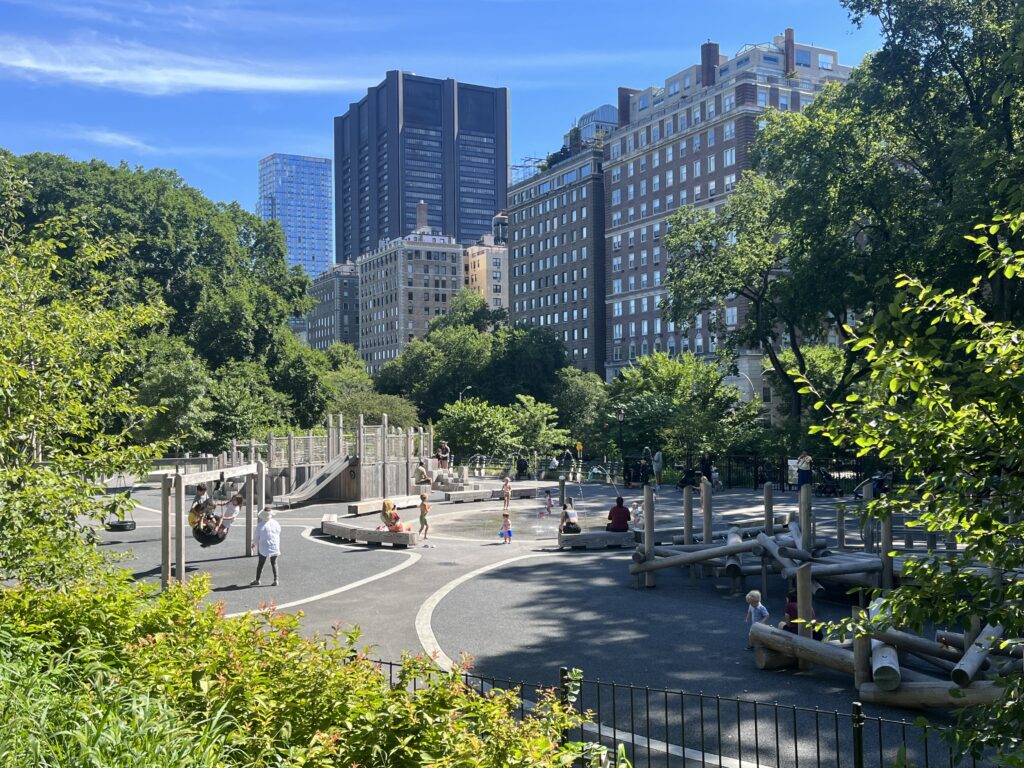
Sally: That’s one thing I particularly loved about J.R. Silver–you managed to capture New York City in a way that evokes those middle grade novels of the past like The Mixed-Up Files, but it also feels very current, with J.R.’s parents being more cautious about letting her go out on her own than the latch-key generation of the seventies and eighties novels.
Melissa: Thanks! There are great stories from the past that would play out or feel a little differently in today’s world. But that sense of seeking autonomy has been a big part of being a middle grade reader for so long, and I think it’s definitely true today.
Sally: I agree! I think that’s one reason we can explore the same topics over and over in middle grade: it’s always fresh for the kid who’s experiencing it.
Last but not least, we wanted to share some of our favorite books set in the cities we wrote about.
Sally: There aren’t many children’s novels set in Oakland! The most famous is the multiple-award winning One Crazy Summer by Rita Williams-Garcia, which I’ve read over and over. More recently, there’s Aida Salazar’s beautiful novel in verse The Moon Within. Many more books are set in San Francisco, and I always feel a little thrill when they venture across the Bay to Oakland. One of my favorite middle grade novels set in S.F. is The Book Scavenger by Jennifer Chambliss Bertman. I also adored the National Book Award winning YA novel by Malinda Lo, Last Night at the Telegraph Club.
Melissa: And for New York City, I of course have to recommend E.L. Konigsburg’s From the Mixed-Up Files of Mrs. Basil E. Frankweiler, which inspired much of J.R. Silver. More recently, I’ve loved Jerry Craft’s graphic novel New Kid and Caroline Gertler’s Where You’ve Got to Be, which will be published on September 13.
Meet the authors
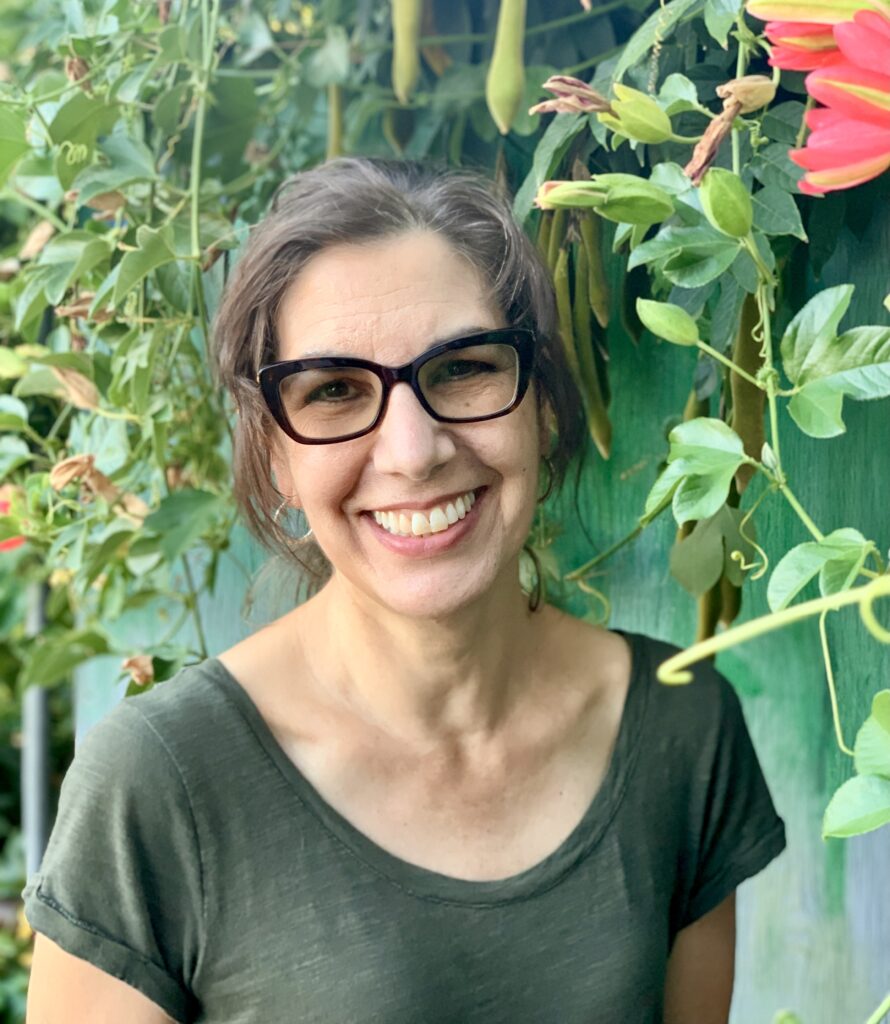

Sally Engelfried is an author and librarian and lives in Oakland, California with her family, two cats, and a dog who is fond of stealing slippers. Learning to Fall is her debut novel. You can find her on Twitter (@SalllyE) or Instagram (@sal_eclaire), or on her website at sallyengelfried.com.
Melissa Dassori lives in New York City with her husband and three daughters, with whom she especially likes to enjoy books, travel, time outside and ice cream. Melissa’s middle grade debut, J.R. Silver Writes Her World, is available from Christy Ottaviano Books/Little, Brown BYR. Connect with her on Twitter (@mdassori) or Instagram (@melissadassoriauthor), or through her website at melissadassori.com.
About Learning to Fall by Sally Engelfried
ADVERTISEMENT
ADVERTISEMENT
Twelve-year-old Daphne reconciles with her father, who left her stranded three years ago, and learns forgiveness one fall at a time in this heartwarming debut by Sally Engelfried. For fans of The First Rule of Punk.
Daphne doesn’t want to be stuck in Oakland with her dad. She wants to get on the first plane to Prague, where her mom is shooting a movie. Armed with her grandparents’ phone number and strict instructions from her mom to call them if her dad starts drinking again, Daphne has no problem being cold to him. But there’s one thing Daphne can’t keep herself from doing: joining her dad and her new friend Arlo at a weekly skate session.
When her dad promises to teach her how to ollie and she lands the trick, Daphne starts to believe in him again. He starts to show up for her, and Daphne learns things are not as black and white with her dad as she used to think. The way Daphne’s dad tells it, skating is all about accepting failure and moving on. But can Daphne really let go of her dad’s past mistakes? Either way life is a lot like skating: it’s all about getting back up after you fall.
ISBN-13: 9780316367974
Publisher: Little, Brown Books for Young Readers
Publication date: 09/06/2022
Age Range: 8 – 12 Years
About J.R. Silver Writes Her World by Melissa Dassori
What if you could write your dreams into reality with the stroke of a pen?
Sixth grade is off to a difficult start for Josephine Rose Silver. Her best friend, Violet, returns from camp with a new best friend; her parents refuse to grant her more independence; and her homeroom teacher, Ms. Kline, is full of secrets. When Ms. Kline unveils a collection of old Gothamite magazines and tells her students to build their writing skills by crafting short stories inspired by the iconic covers, J.R. discovers a peculiar power: The stories she writes come true. Soon J.R. is getting a cell phone, scoring game-winning goals, and triggering school cancellations. But it’s not long before she realizes that each new story creates as many conflicts as it does solutions. And when J.R. tries to write about her fallout with Violet, all of her problems converge.
With a pinch of magic, mystery, art history, and language arts woven into a journey of growth and self-confidence, this promising debut is a heartfelt and satisfying tribute to the power of words.
ISBN-13: 9780316331456
Publisher: Little, Brown Books for Young Readers
Publication date: 07/19/2022
Age Range: 8 – 12 Years
Filed under: Guest Post
About Amanda MacGregor
Amanda MacGregor works in an elementary library, loves dogs, and can be found on Twitter @CiteSomething.
ADVERTISEMENT
ADVERTISEMENT
SLJ Blog Network
Name That LEGO Book Cover! (#53)
Cover Reveal and Q&A: The One and Only Googoosh with Azadeh Westergaard
K is in Trouble | Review
Fighting Public School Book Bans with the Civil Rights Act
ADVERTISEMENT



